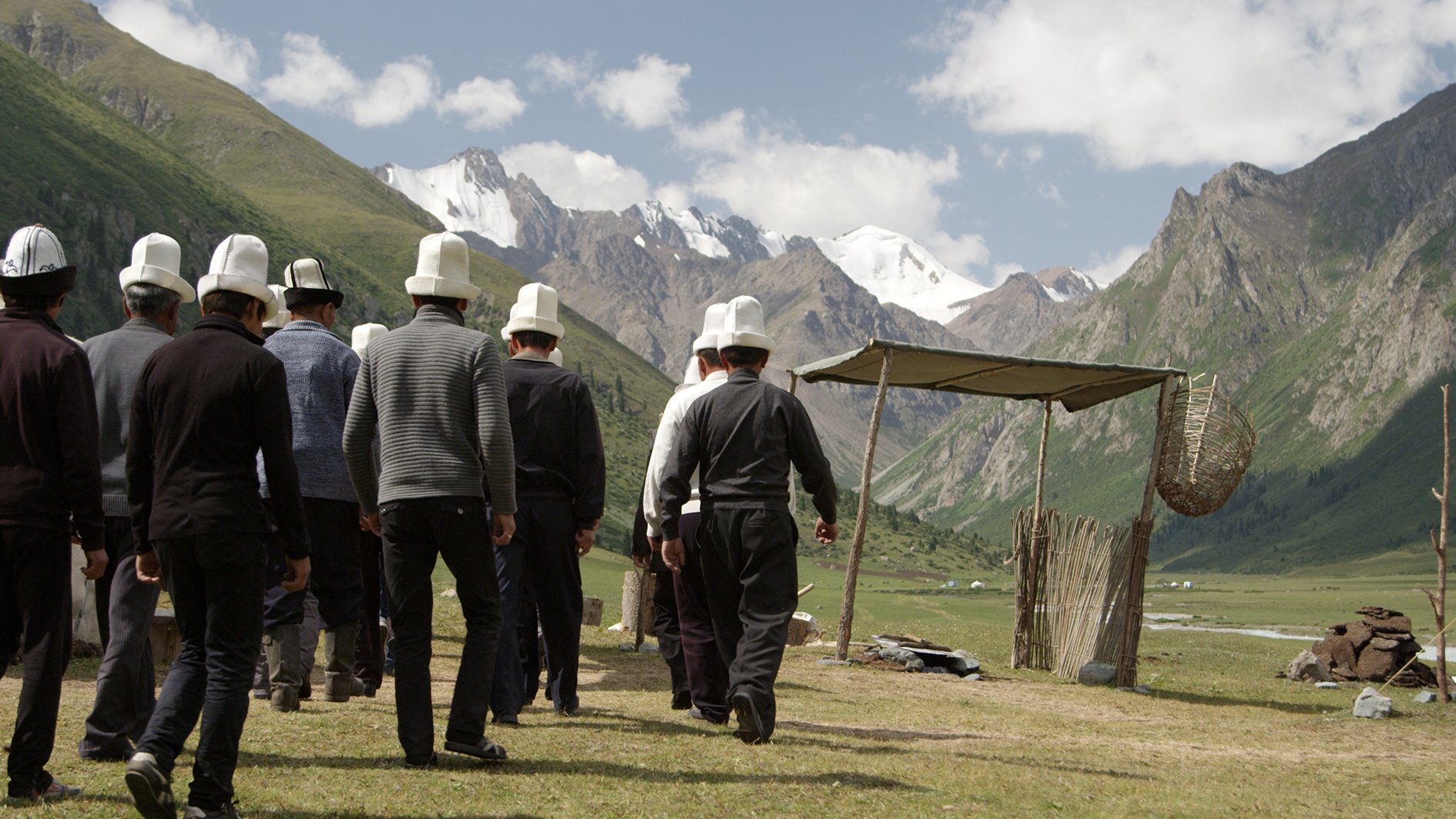Mirlan Abdykalykov
Heavenly Nomadic, Mirlan Abdykalykov (2016)
Mirlan Abdykalykov is a Kyrgyz film director. His first feature film, Heavenly Nomadic, premiered at Karlovy Vary, Cairo, Palm Springs, Mumbai, Istanbul and Beijing, and was Kyrgyzstan's official submission for the 88th Academy Awards.
In an exclusive interview with Filmatique, Abdykalykov discusses the importance of ecology, narrative traditions in Kyrgyzstan and his next project.
//
FILMATIQUE: Heavenly Nomadic is a portrait of three generations of horse breeders in modern-day Kyrgyzstan, a sublimely beautiful but unforgiving landscape. What was your inspiration for this story?
MIRLAN ABDYKALYKOV: The main inspiration was my family, particularly my grandparents. We kept horses in my childhood, and I used to ride and herd with my grandfather. I like horses. And I always remember those times as the happiest in my life.
FLMTQ: A major theme in the film is the dichotomy between traditional ways of life, and the inevitable transition toward modernity. The threat of modernism appears in bulldozers who encroach, unwelcome, onto the lost paradise near Kyrgyzstan's Issy-Kuul lake. What particular challenges do families such as the one depicted in the film face?
MA: Nature is very important for humans and any living creature on the planet. And when modern technologies intrude, it raises many problems such as ecological problems, for example. On the other hand, nowadays humanity can't live without modern technologies. However, I'm worried for the places shown in my film, the corners of lost paradise, the places of virgin nature and beauty, and the places that keep old traditions. In Kyrgyzstan such places and families still exist— as shown in the film, they face the risk of extinction.
FLMTQ: The special relationship between adults and children also comes into focus. The young Umsunai, whose father was swept away by a river while trying to rescue his foals, often spends time with her grandparents who tell her mythical stories that run parallel to her own life. Umsunai also believes her deceased father now lives in the form of an eagle that flies overhead. What is the history of such folklore in Kyrgyz culture, and what role does it occupy in today's society?
MA: Kyrgyzstan has a very strong narrative tradition and folklore. Even before written language Kyrgyz people were spreading legends, poems and epics by word of mouth. They still do so today. The most well-known epic is "Manas" which consists of more than 200,000 poetic lines and is regarded as the longest in the world. We have a lot of legends, about almost everything. And we still have the tradition of grandparents telling legends to their grandchildren.
Heavenly Nomadic, Mirlan Abdykalykov (2016)


